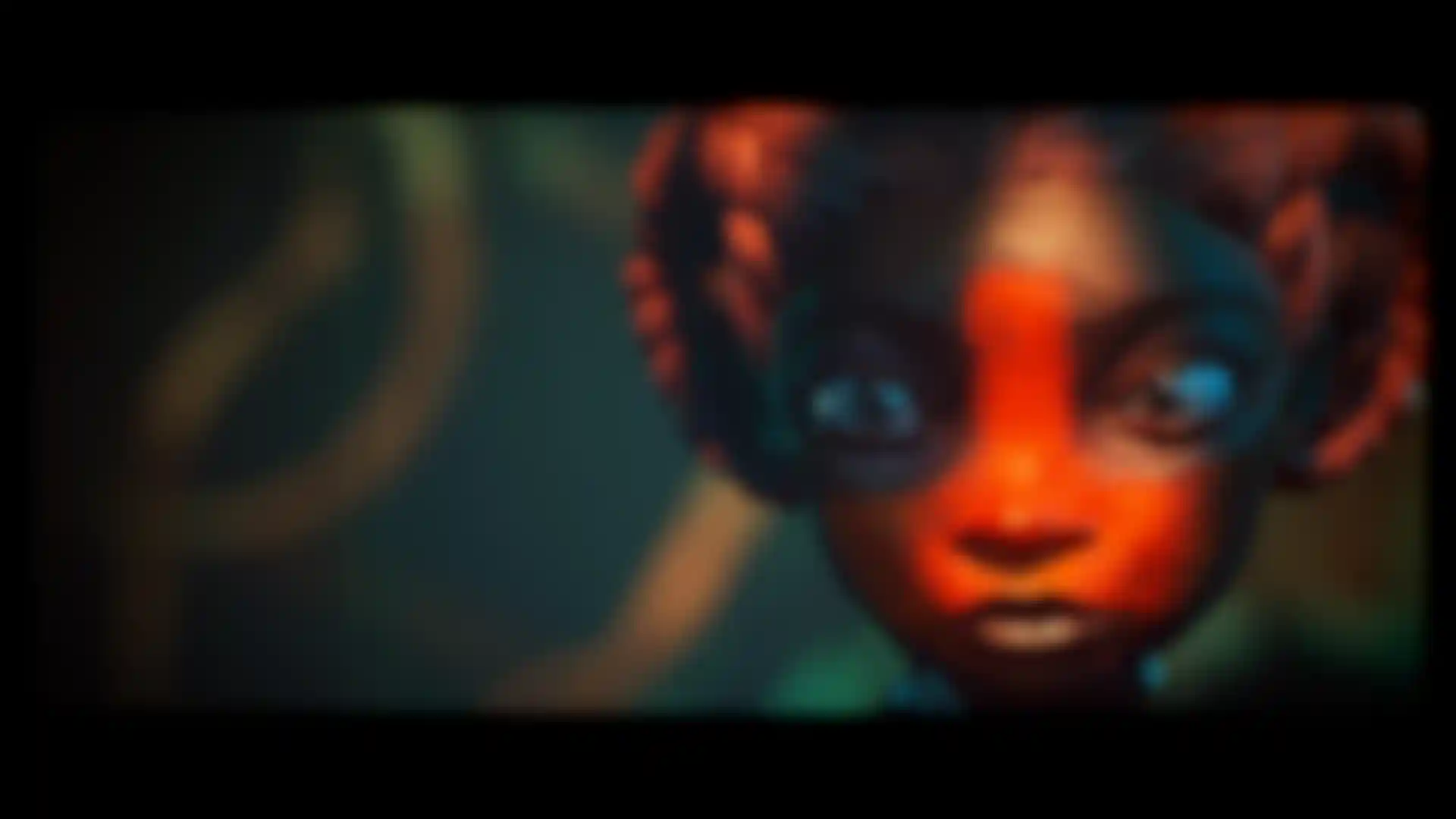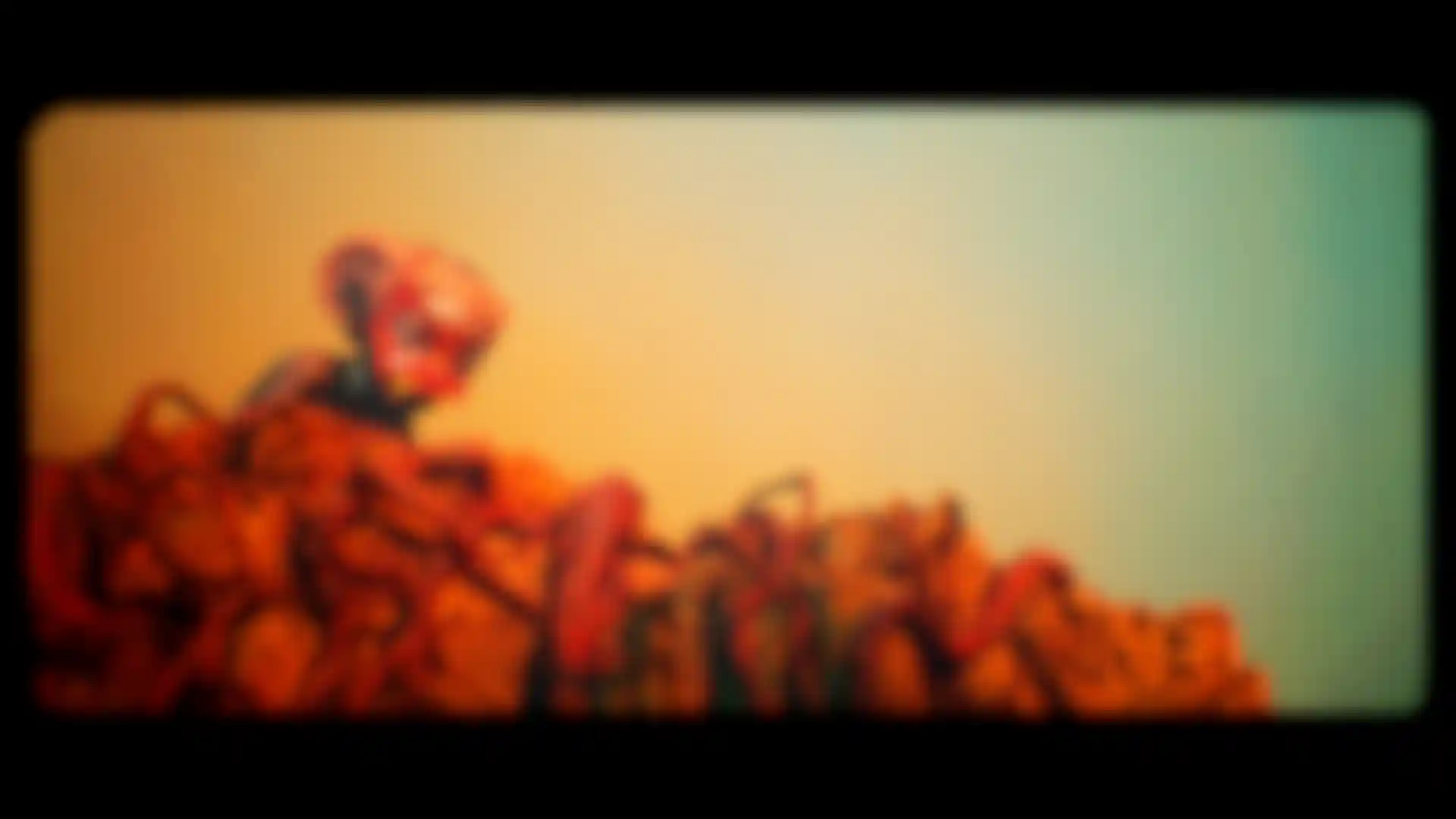
‘The Voice In The Hollow’ How longtime collaborators Miguel Ortega and Tran Ma used ZBrush, Unreal and more to tell a dark story of sisterhood.
Miguel Ortega and Tran Ma create films with strong visuals, telling stories set in worlds made possible by expansive imagination and knowledge of the tools they use. Created as a fable, their moving short film, “The Voice in The Hollow,” is narrated entirely in Swahili and tells the story of sisters Ala and Coa, who discover an ancient evil entity in a hollow of an African savannah.
With characters designed in ZBrush, motion capture created with an Xsens suit, Marvelous Designer cloth dynamics and lighting and rendering in Unreal, the film is a CG marvel and a testament to what small studios can create on their own these days.
We had an opportunity to speak with Ortega, and here is what he told us about the making of the film.
Tell us a bit about yourself and your career.
Ortega: I am originally from Bogotá, Colombia and moved to the U.S. when I was very young. Even as a child, I knew I wanted to pursue a career in animation and visual effects. I was a big fan of Ray Harryhausen and Star Wars and Disney films, which fueled my passion to get into the industry.
After studying at the Gnomon School of VFX in Los Angeles, I went on to be a modeler and texture artist for companies such as Luma, Rhythm and Hues, Lightstorm, Tippett, CafeFX and Digital Domain.

Talk about your working relationship with Tran Ma.
Ortega: We created a short film 15 years ago called “Green Ruby Pumpkin” and we’ve been working together ever since. Back then, our skills were limited to modeling and texturing and that experience served as a boot camp for us.
Nowadays, we co-write everything and Tran takes on the roles of production designer and primary creature modeler for all our films. I am the director and VFX supervisor and our team is tiny, so we must all be capable of handling any tasks that come our way.
How did you come up with the concept for “The Voice in the Hollow?”
Ortega: Given the difficult times we were all facing during the pandemic, I wanted to tell a dark fable. During lockdown, I delved into 1970’s cinema, particularly horror and westerns, which are my two favorite genres.

I became fascinated with the Italian Giallo films from Mario Bava and Dario Argento, as well as the spaghetti westerns of Sergio Corbucci. His film, “The Great Silence,” with its extremely bleak ending was particularly inspiring to me. I decided to mix that aesthetic with the biblical tale of Cain and Abel and “The Voice in the Hollow” was born.
Tell us about the visual style of the film?
Ortega: We originally planned to make the designs heavily influenced by African traditions, but it ended up looking like a low-budget version of “The Lion King.” As a result, we decided to pivot our approach and take inspiration from the 1970’s sci-fi art and cinema. Mario Bava and Dario Argento’s use of primary colors in horror is amazing, and we decided to bring that into our film.

How did Gnomen school founder Alex Alvarez get involved in the project?
Ortega: Alex has been an incredible supporter and friend to both Tran Ma and me for more than 17 years. He was my teacher at Gnomon and, even before that, I was watching his tutorials on VHS tapes. Throughout the years, Alex has consistently had our backs, and we are immensely grateful for the unwavering support he has provided.
A little over a year ago, he presented us with an incredible opportunity to collaborate on a short film, which was produced by Gnomon and Alex himself. Although it wasn't a student project, we were fortunate enough to receive assistance from two exceptionally talented Gnomon students.
Describe some of the ways you used ZBrush for the film.
Ortega: We were going for a rough hand-carved wood look, and the Dynamesh system in ZBrush proved perfect for both character and environment object creation. Some pieces were entirely sculpted in ZBrush, while others were created by assembling kitbashed elements and scanned assets from Megascans.

The Bend Curve deformer and other deformation tools were extremely powerful, allowing us to reshape 17-million-polygon scans and create various objects, such as boats, houses and bridges. Without ZBrush, achieving these things would have been impossible.

We also mixed and blended scans while preserving the textures using ZBrush’s PolyPaint system, eliminating any concerns about maintaining UVs. We also used PolyPaint to paint vertex color maps for use in Unreal.
Once we kitbashed the assets, we used ZRemesher to retopologize the objects and then reprojected the sculpted and textured details on to the new mesh.
In instances where the assets were too heavy to UV normally, ZBrush proved to be a lifesaver, handling dense geometry and allowing us to UV it without encountering any issues. There were occasions when we needed to customize the colors of our terrain, and because many assets shared the same UVs, PolyPaint provided an alternative approach to create variations in our shaders once in Unreal.

Talk about the role of motion capture in the project.
Ortega: Motion capture was a new experience for us, and we used Xsens for the body captures and MocapX with a Radical Variance helmet for facial captures. Our talented friend, actress Kaitlyn O'Connell, handled all the female body mocap performances, while I took on all the male performances.
The voice recordings in Swahili were performed by actors in Tanzania and Kenya, and I was the voice of the demon. Since our African cast didn't have access to the necessary mocap equipment to capture their facial performances, and we couldn't afford to travel there, I embraced the challenge of memorizing all the Swahili dialogue.

Once I had the dialogue mastered, I performed all the facial performances myself, ensuring seamless synchronization with their pre-recorded lines. It was quite challenging to make this work, but we're proud of the result and, as a bonus, I now have some knowledge of Swahili.
What advice would you give to someone trying to tackle a project like this?
Ortega: It's essential to be mindful of your limits when undertaking any project. Creating a short film can be incredibly time consuming, and if you can't fully commit to it, it's easy to become overwhelmed and eventually abandon the project altogether.
Sometimes, it's better to opt for a simpler concept that you can realistically complete, rather than embarking on an overly ambitious idea that may never see the light of day. Remember, it's important to find the right balance between your aspirations and your available resources.
Todd Blankenship is a filmmaker and VFX artist in Denton, Texas.